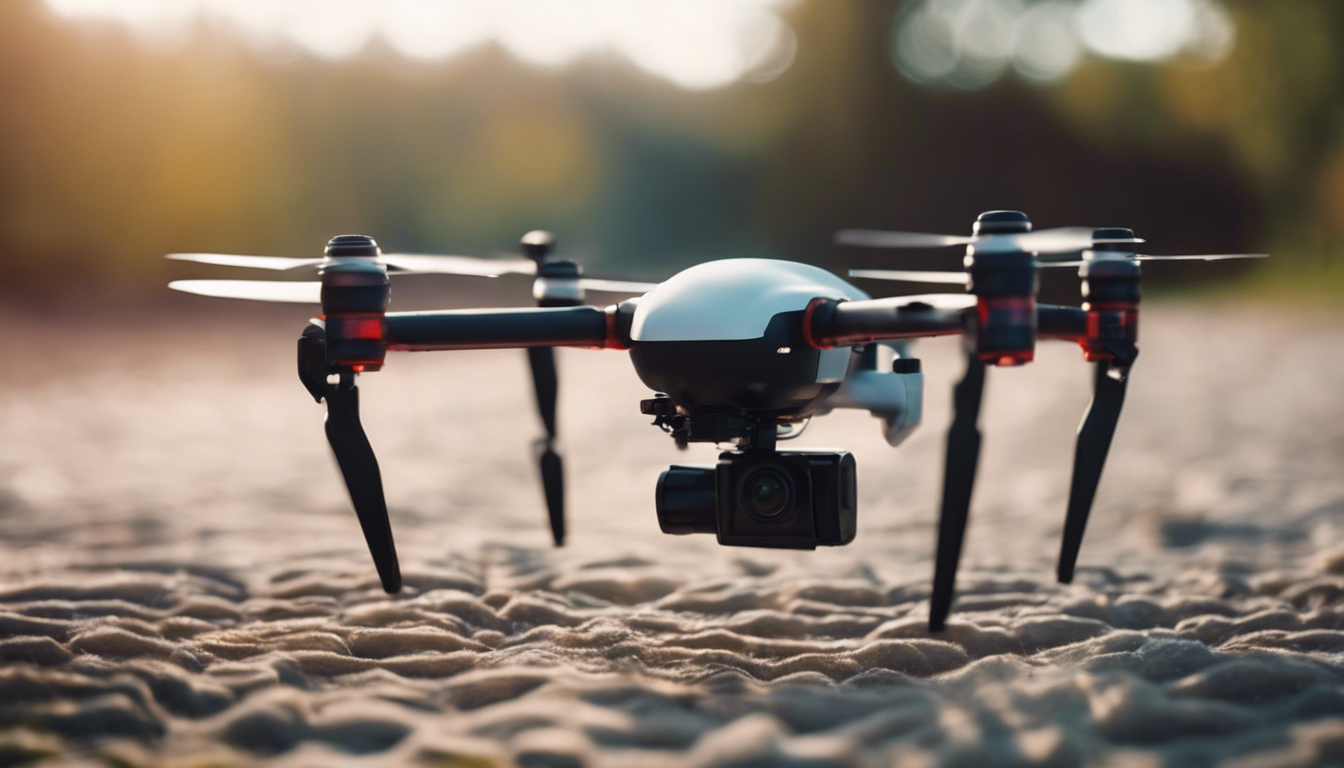
First introduced to the consumer market a few years back, drones have quickly captured the imagination of enthusiasts, aviation hobbyists, and scientists alike. With their ability to capture breathtaking aerial footage and cover vast distances, these unmanned aerial vehicles (UAVs) have found applications in various fields, including marine research. Let’s take a deep dive into the future of consumer drones in marine research and explore how these remarkable devices are revolutionizing the way we explore the oceans and conduct scientific studies.
1. Ocean Exploration from Above
Traditionally, marine research involved expensive and time-consuming methods, such as deploying manned vehicles or utilizing satellite imagery. However, consumer drones equipped with high-resolution cameras have simplified and amplified ocean exploration. Scientists can now effortlessly monitor marine ecosystems, study wildlife behavior, and track changes in water conditions from above. Drones provide an unprecedented aerial perspective that terrestrial research methods simply cannot offer.
2. Detecting Marine Mammals
Marine mammals play a vital role in the ecosystem and are often challenging to track due to their vast migration patterns and elusive behavior. With their maneuverability and extended flight times, consumer drones armed with thermal or high-resolution cameras can help researchers locate and study these magnificent creatures more efficiently. The ability to monitor marine mammals from above allows scientists to collect valuable data on their population dynamics, behavior, and breeding patterns—critical information for conservation efforts.
3. Mapping Coral Reefs
Coral reefs are underwater ecosystems of incredible biodiversity and ecological importance. However, these delicate habitats are in danger due to climate change and human activities. Consumer drones equipped with advanced imaging techniques, such as multispectral or hyperspectral cameras, can be used to map coral reefs with unprecedented precision. By capturing detailed imagery from above, researchers can monitor coral health, track changes in the reef structure, and even identify specific species of coral. This invaluable data aids conservationists in implementing effective protection measures to safeguard these fragile ecosystems for generations to come.
4. Oceanic Citizen Science
Consumer drones have also opened up opportunities for citizen scientists to get involved in marine research. With affordable drones readily available on the market, enthusiasts can contribute to ongoing scientific projects by collecting aerial data. By joining crowd-sourced initiatives and following established protocols, drone owners can help scientists monitor coastal erosion, detect harmful algal blooms, or even participate in marine debris surveys. The future of marine research could involve a vast network of citizen scientists working hand in hand with professionals, thanks to the power of consumer drones.
5. Overcoming Challenges
While consumer drones offer immense potential in marine research, they also present challenges that need to be addressed. Drone flights near water require careful planning, with factors like wind, waves, and water surface reflection affecting stability and image quality. Researchers must also comply with regulations governing drone usage, especially in protected marine areas. Additionally, battery life limitations can restrict flight duration, necessitating careful mission planning and battery management to maximize research time.
Conclusion
The future of drones in marine research looks promising. These versatile aerial vehicles enable scientists to explore the oceans from above, study marine mammals, map coral reefs, and empower citizen scientists. Despite the challenges they pose, consumer drones have revolutionized marine research by providing researchers with new ways to collect data and monitor fragile ecosystems more efficiently. As technology continues to advance, we can expect even more innovative applications of UAVs in marine research, helping us gain a deeper understanding of our vast, mysterious oceans.
